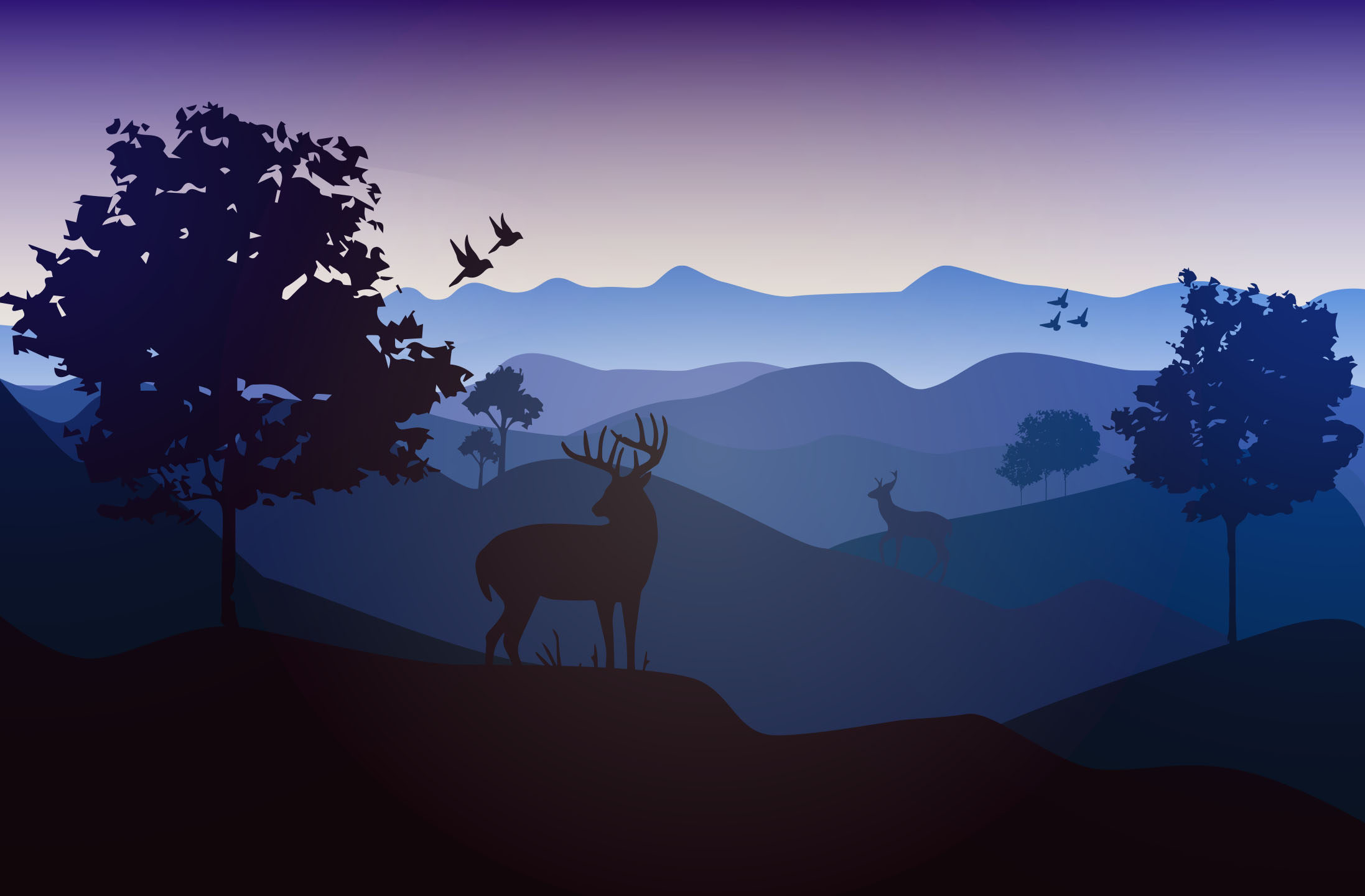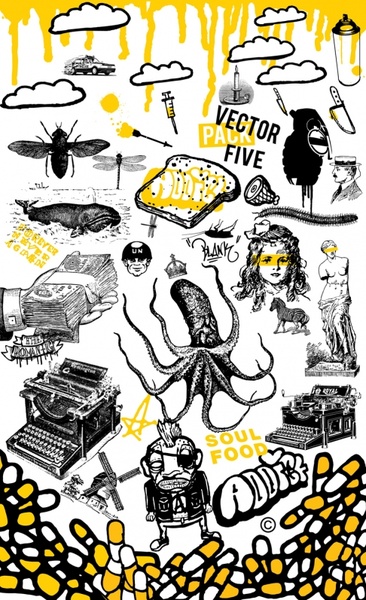

- #Vector design illustrator how to#
- #Vector design illustrator full#
- #Vector design illustrator plus#
If you experiment you'll find your own way, with more original results." A lot of the obvious methods can create predictable results, as they are the tools everyone uses. But avoid 'the easy way', especially with shading, gradients and effects. "The beautiful array of colour swatches in Illustrator are priceless. The value of each CMYK shows a strange number, and I don't like it." "If you're working on a vector illustration and want to sample some colours from other placed images within it, one thing I always avoid using is the Eyedropper to get a colour from a linked picture. Stock vector textures are a particular pet peeve of mine in a project." Don't rely too heavily on stock vectors in your work - they've been massively overused, and it's now abundantly obvious when they are employed in a piece. "I'm passionate about people drawing their own objects. The key is to do your research and know your audience, it's not about what you like."Īnimator and illustrator, 13.

The most common mistake by many illustrators is forgetting the audience - your job is to reach the right people and give them your client's message. "The most important part of any illustration is the message. If you're trying to produce such an effect in an illustration, use Photoshop, collage techniques, or photograph readymade compositions." But just because it can be done, doesn't mean you should.
#Vector design illustrator plus#
"With gradients and gradient meshes, plus skilful use of shadows and glows, you can dabble in a sort of digital photorealism. Try to add your style to every vector element in the work, no matter how small - this will keep things consistent." If you add too many differing styles, and too many jarring shapes, the illustration will tend to lack authority. "Always keep consistency of style in mind in every element of your illustration.
#Vector design illustrator full#
Realising its full potential will enable you to quickly and easily build shapes without the need for laborious use of the Pen tool." They also help me align shapes and nodes when I'm drawing - they're a great time-saving device. They let me structure objects very quickly. At the beginning they freaked me out a bit, but now I find that I just can't stop using them. "I love Illustrator's Smart Guides - a great feature introduced in CS4. When I plan an image, everything usually stems from keywords and sketches, from there it's just a matter of layout."Īnimator and illustrator, Illustrator CC continually updates with even more useful features 08. Push ideas around, make observations, document everything that comes into your head. "The best way to start any project is in your sketchbook: get your ideas down on paper, and be scrappy. It's all about simplicity and execution."

I only use Illustrator's Selection, Direct Selection and Pen tools, because I prefer not to let the software's plethora of (admittedly very good) tools get in the way of my vision. "Make sure you keep track of your layers - I usually have a lot in any piece - and keep things tidy. This will avoid any kind of colour problem or involuntary change - in colour or composition." Of course the client may demand an AI file, so then take Aaron Miller's advice (see 01.). "Work from the beginning in CMYK and even though your final image is vector, try to send it as a TIFF. I remove half of everything I draw, and from that the illustration evolves." I usually think about an image for a long time before I start illustrating - but sometimes I just start with a line and a shape, then remove them.

"Don't be afraid to remove elements to make a composition that you're happy with. So let's get started on turning an image into a vector.Kitsch-Nitsch have produced illustrations for our very own Computer Arts 04.
#Vector design illustrator how to#
Once you know how to convert a JPG file to a vector in Adobe Illustrator, you'll be able to scale anything you find to the size you want-without losing image quality. Raster images are common image types like JPG and GIF, while vector images typically have the SVG, EPS, or AI format. You can easily tell the difference between the two types of images through their file format. The same is not true for raster images, since the color information of these images is stretched when scaled. That means images don't lose quality when they're scaled up or down since the color polygons in a vector image will always maintain their shape. The geometry which comprises vector images is formulaic, making them resolution-independent. Since vector images use dynamic color sections instead of static squares, they provide perfect lines and crisp colors. Vector graphics convey color using scalable color polygons. Raster images use square pixels (bits of color) to convey an image. Most images found online are raster images. A vector image is a scalable image made up of values rather than pixels.


 0 kommentar(er)
0 kommentar(er)
